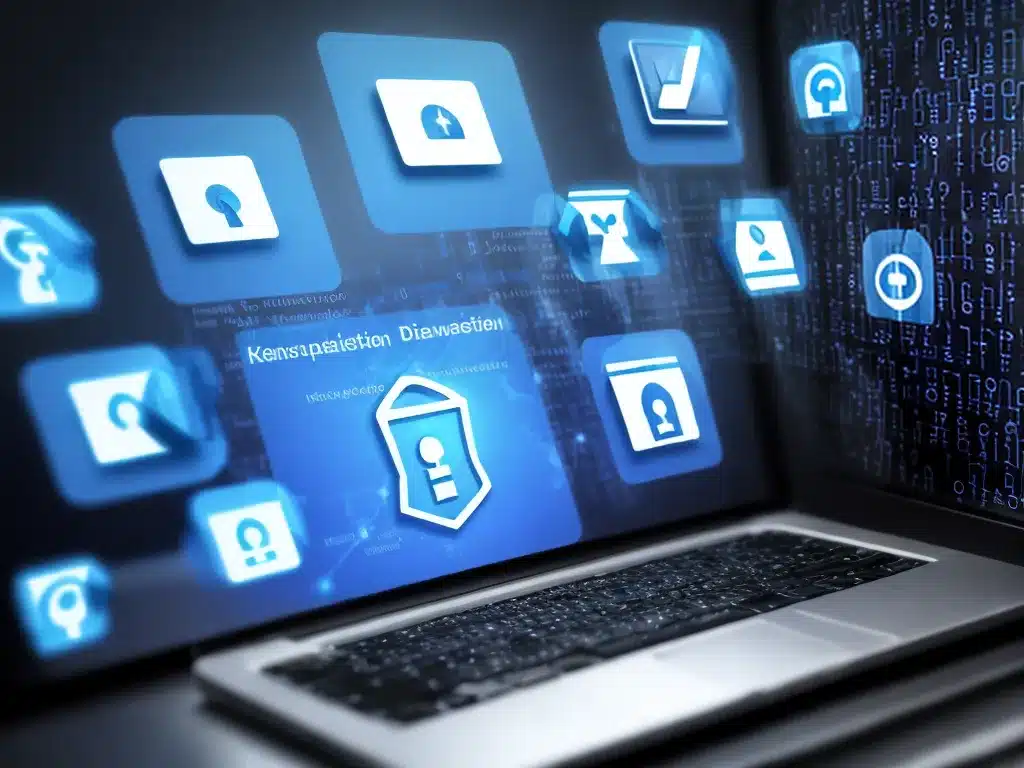
Having your important files backed up and protected from ransomware is critical for any individual or business today. Ransomware attacks are increasingly common and can encrypt your files, making them inaccessible unless you pay a ransom. Proper backups allow you to restore your files if they are compromised. In this article, I will discuss best practices for keeping your files protected.
Why Backups Are Essential
Backups provide you with additional copies of your files in case something happens to your originals. Some key reasons why backups are so important include:
-
File corruption or deletion – Files can become corrupted or accidentally deleted. Backups give you a way to recover lost data.
-
Hardware failure – Hard drives and other storage devices can unexpectedly fail. Backups allow you to move your files to new hardware.
-
Disasters – Events like fires, floods, and power surges can destroy files. Backups make sure you have copies stored safely off-site.
-
Malware/ransomware – Malicious software like ransomware can hold your files hostage. Backups let you restore unaffected copies of your files.
Without backups, your files could be lost forever if something happens to your originals. Backups should be part of any smart data protection strategy.
Types of Backups
There are different types of backup processes you can implement:
-
Full – A full backup copies all your files. This allows you to completely restore your data but takes the longest to perform.
-
Incremental – An incremental backup copies only files changed since the last backup. This saves time but requires you to have a full backup to restore from.
-
Differential – Differential backups copy all changes since the last full backup. Faster than full but slower than incremental.
-
Mirroring – Mirroring continuously syncs files to a secondary destination. Provides real-time redundancy of your data.
I recommend using a combined approach, such as performing weekly full backups, daily incremental backups, and real-time mirroring for the most critical files.
Backup Destinations
Where you keep your backup copies is also very important. Some common destinations include:
-
External drives – Flash drives, external hard drives, NAS devices etc. Should be kept disconnected from your network when not in use.
-
Cloud storage – Services like Dropbox, Google Drive, iCloud etc. Allow offsite backups over the internet.
-
Remote servers – Backup to a server in an offsite data center for maximum protection.
-
Offline media – Removable media like tape or Blu-Ray discs stored offsite provide an air gap.
Ideally, you should use both local and cloud/offsite backup destinations to protect against both hardware failure and catastrophic events.
Protecting Against Ransomware
Ransomware is malware that encrypts your files until you pay a ransom to the attackers. It can spread through phishing emails, infected software, and drive-by downloads. Here are some tips to guard against ransomware:
-
Keep your operating system, software, and security tools fully updated. Updates patch vulnerabilities that ransomware exploits.
-
Be wary of suspicious emails and do not enable macros or download files from senders you do not know. This is a common infection vector.
-
Use ad blockers and disable Flash/Java if possible to avoid drive-by downloads on websites.
-
Restrict user permissions to limit access to critical files. Ransomware often relies on administrator access to encrypt everything.
-
Isolate backups both physically and electronically. Do not leave backups continuously connected or mapped to your main system.
-
Use whitelisting to only allow known good applications to run. This prevents never-before-seen ransomware from executing.
-
Enable notifications for detection of ransomware behavior, like file type changes. Early detection gives you a chance to isolate and remove the threat.
-
Test your backups to ensure you can successfully restore encrypted files in the event of an attack. Maintain backups offline and offsite.
Summary
The threat of ransomware makes comprehensive backups more important than ever. I recommend using multiple backup types to local and cloud destinations, isolating backups from your network, restricting user permissions, and taking precautions to avoid infection. Test backups regularly to verify you can restore encrypted files. Diligent backup procedures and ransomware precautions will help ensure you can recover from malicious attacks. Protect your files before it’s too late.












